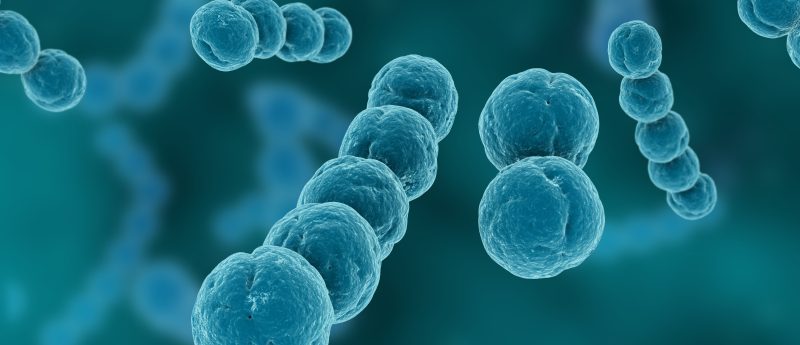Group A streptococcus: binding red blood cells to avoid the immune system

Researchers at the University of California (CA, USA) have uncovered a mechanism that allows Group A Streptococcus (GAS) to avoid immune detection, enhancing bacterial virulence and decreasing survival in infected mice. The results of the study, published in Cell Reports, could lead to the development of a novel vaccine targeting these bacteria.
GAS is known to cause several infections, from minor illnesses to deadly diseases, resulting in over half a million deaths each year. However, to date researchers have not been able to develop a protective vaccine.
GAS is able to avoid immune clearance by expressing a variety of molecules called virulence factors; however, the mechanisms used by these proteins remain unknown, hindering the ability to develop novel drugs to combat antibiotic resistance.
In this study, researchers used a nanotechnology-based technique known as biometric virulomics to identify virulence factors secreted by GAS that bind to red blood cells. The analysis revealed a previously uncharacterized protein, which they termed S protein.
When analyzing a mutant bacterial strain lacking S protein, the researchers observed a change in the bacterial protein landscape, decreasing the abundance of known virulence factors. Analysis revealed a reduction of bacterial growth in human blood and a reduced ability to bind to red blood cells, compared with the non-mutated strain. The mutant strain was also more easily captured and killed by phagocytic immune cells.
Further, infecting mice with GAS cells coated with red blood cells showed a rapid decrease in body weight and a 90% mortality rate, compared with the 40% observed in controls infected with uncoated GAS cells. “These findings suggest that S protein co-opts red blood cell membranes for molecular mimicry, or imitation of host molecules, to evade the immune response,” commented David Gonzalez from the University of California.
Additionally, infecting mice with a mutant GAS lacking S protein resulted in 100% survival, stable body weight after an initial decline and a lower concentration of bacteria in the bloodstream and organs.
“Taken together, the results suggest that inactivation of S protein function makes GAS vulnerable to host immunity,” Gonzalez concluded. “S protein influences virulence by capturing lysed red blood cell membranes to cloak the bacterial cell surface, which allows bacteria to circumvent host immunity. This novel evasion mechanism can be targeted for anti-streptococcal therapies.”
Gonzalez and his team are now investigating how S protein binds to red blood cells and exploring the role it plays in other human pathogens, including Streptococcus pneumoniae and Group B streptococcus.
“Ultimately, the findings could lead to the development of a novel vaccine candidate,” commented Gonzalez. “Because of its pivotal roles in pathogenesis and immune evasion, and its conserved nature in streptococci, S protein shows promising clinical potential as a target for the development of anti-virulence pharmacological interventions.”
You might also like:
Sources: Wierzbicki IH, Campeau A, Dehani D et al. Group A streptococcal S protein utilizes red blood cells as immune camouflage and is a critical determinant for immune evasion. Cell 29(10), 2979–2989 (2019); www.eurekalert.org/pub_releases/2019-12/cp-hts112719.php